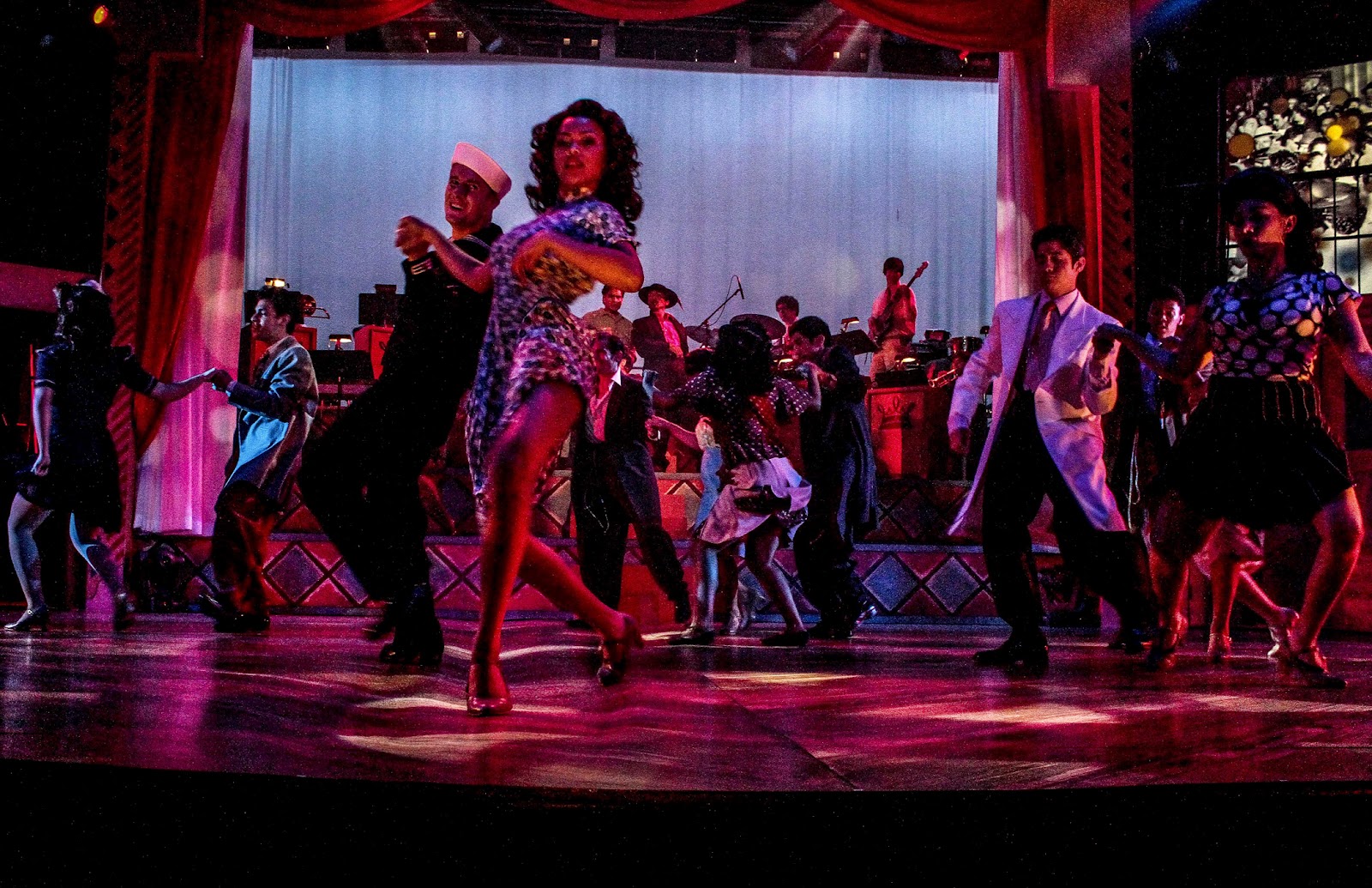

In 1978, the actor and playwright Luis Valdez wrote Zoot Suit, the first Chicano play on Broadway. It was the subject of the Who’s first single. Original specimens are mythically hard to come by: It took curators from LACMA over a decade to find one, and when they did, in 2011, it cost them nearly $80,000, an auction record for an item of 20th-century menswear.īut the suit had a luxuriant afterlife, influencing styles from Canada and France to the Soviet Union and South Africa. Though policemen slashed some zoot suits to ruins, the more likely reason for their disappearance once the craze faded in the 1950s was less dramatic-most were simply refashioned into other garments. But even the real cost of one was near-prohibitive for the young men who coveted them-Malcolm X, in his autobiography, recounts buying one on credit. Langston Hughes wrote in 1943 that for people with a history of cultural and economic poverty, “too much becomes JUST ENOUGH for them.” To underscore the style’s almost treasonous indulgence, press accounts exaggerated the price of zoot suits by upwards of 50 percent. Wartime rations on fabric made wearing such oversized clothing an inherently disobedient act. “For those without other forms of cultural capital,” says Peiss, “fashion can be a way of claiming space for yourself.” The garment had “profound political meaning,” wrote Ralph Ellison, author of Invisible Man. To some men, the suit’s ostentatiousness was a way of refusing to be ignored. These were ad hoc outfits, regular suits bought two sizes too large and then creatively tailored to dandyish effect. “It came right off the street and out of the ghetto.’’įox was one among many, from Chicago to Harlem to Memphis, who took credit for inventing the zoot suit-the term came out of African-American slang-but it was actually unbranded and illicit: There was no one designer associated with the look, no department store where you could buy one. Though the zoot suit would be donned by the likes of Dizzy Gillespie and Louis Armstrong, it was “not a costume or uniform from the world of entertainment,” the Chicago big-band trumpeter and clothier Harold Fox once said. By the ’40s, the suits were worn by minority men in working-class neighborhoods throughout the country. The flowing trousers were tapered at the ankles to prevent jitterbugging couples from getting tripped up while they twirled. With its super-sized shoulder pads, sprawling lapels and peg leg pants, the zoot suit grew out of the “drape” suits popular in Harlem dance halls in the mid-1930s. This story is a selection from the April issue of Smithsonian magazine Buy

Subscribe to Smithsonian magazine now for just $12


 0 kommentar(er)
0 kommentar(er)
